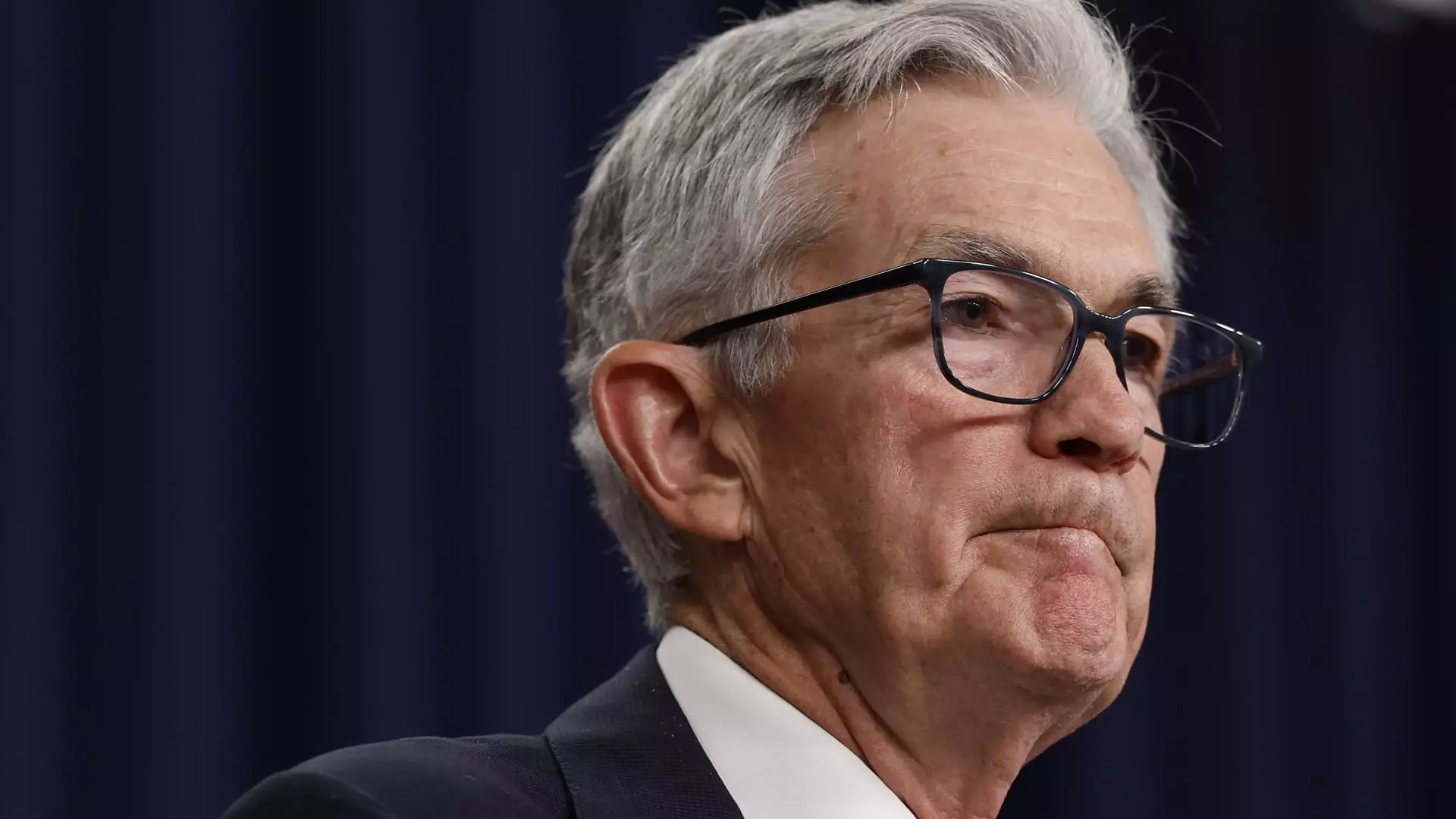The Federal Reserve’s decision-making process regarding interest rates has emerged as a critical focus for economists, investors, and policymakers alike. The recent meeting in September shed light on this complex balancing act. With inflation concerns juxtaposed against a robust labor market, the Fed’s choice of a half percentage point interest rate cut marks a significant moment in the ongoing story of monetary policy in the United States. This article aims to dissect the intricacies of this decision, its implications for the economy, and the insights gleaned from the minutes released following the meeting.
The Context Behind the Decision
During the September meeting, the Federal Open Market Committee (FOMC) faced a labyrinth of economic data, with inflation figures and employment rates providing both reassurance and concern. The desire to stimulate economic growth while keeping inflation at bay made this decision particularly fraught. A substantial number of committee members expressed skepticism about a more significant cut, opting instead for a cautious approach signified by a preference for a 25 basis point reduction. This divergence in opinion within the committee highlights the inherent challenges facing the Fed as it navigates an uncertain economic landscape.
The notion of gradual policy normalization surfaced prominently in discussions. Several members believed that a small reduction would give policymakers the latitude to measure the economy’s response, ultimately leading to a more measured and sustainable path forward. This cautious optimism underscores a rising recognition of how sensitive the economic climate is to shifts in interest rates.
Despite the gravity of the decision, market reactions appeared muted. Major stock indices maintained their upward trajectory, suggesting investors maintain confidence in the broader economic recovery despite ongoing fears surrounding inflation. In the weeks immediately following the Fed’s announcement, positive labor market indicators emerged, reshaping perceptions about the strength of the economy. With nonfarm payrolls rising significantly and unemployment dipping, many investors began to recalibrate their expectations surrounding future rate cuts, anticipating a less aggressive approach moving forward.
This strengthens the theory that while the Fed embarked on an easing cycle, it may do so at a more cautious pace. After all, Chair Jerome Powell and his colleagues have indicated their commitment to closely monitoring economic performance, hinting that future rate adjustments might not mirror the magnitude of the September cut. Understanding this nuance will be crucial for investors as they gauge their strategies in reaction to Fed signals.
Critically, the Fed emphasizes the importance of communication in times of economic transition. The term “recalibration,” as used by Chairman Powell and echoed in meeting minutes, highlights the committee’s intent to align monetary policy with evolving economic data. A clear narrative is necessary to prevent market misinterpretations that could lead to volatility or undermine confidence. The distinction that the recent rate cut should not be confused with a pessimistic outlook is essential; rather, it underscores an affirmation of the economy’s underlying strength while navigating inflationary pressures.
Ultimately, maintaining clarity in communication reaffirms the Fed’s commitment to transparency and its role in fostering economic stability. This is especially crucial in an environment where market participants are quick to react to perceived signals regarding future policy shifts. The strategic framing of interest rate changes will define how the Fed navigates public perceptions and influences market behavior.
The Federal Reserve’s September meeting and subsequent decision to lower interest rates by 50 basis points serves as a telling example of the challenges monetary authorities face in crafting policies designed to stabilize economic growth and control inflation concurrently. The division among FOMC members regarding the size of the cut underscores differing perspectives on economic conditions and highlights the need for incremental policy adjustments.
Moreover, recent labor market indicators signify a potentially stronger than anticipated economy, lending credence to the belief that any future rate reductions will be more measured. As the Fed recalibrates its communication strategy, articulating nuances surrounding economic forecasts and interest rate movements becomes increasingly vital in shaping market expectations.
The complexities surrounding interest rate decisions are intricate and multifaceted. As global markets adjust to these changes, close attention to economic indicators and Fed communications will be paramount for understanding future developments in monetary policy and their broader implications for the economy.

